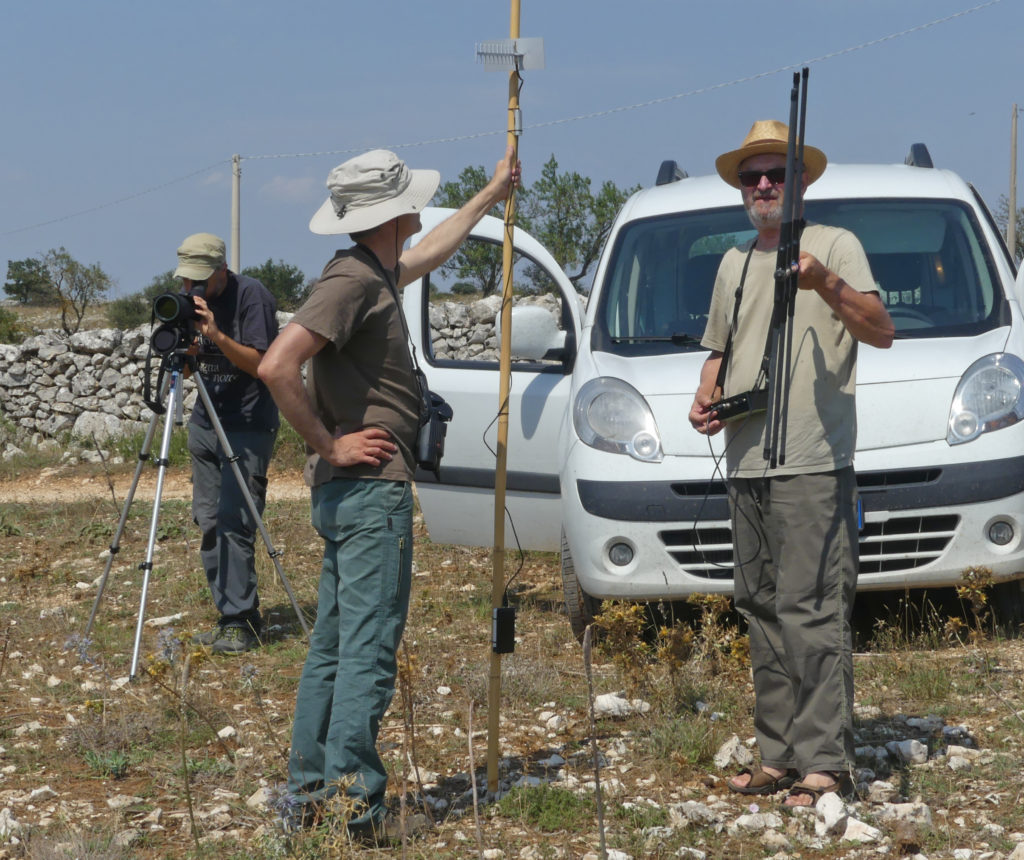At the conclusion of a long, complex operation that began at the end of July and concluded at the beginning of September, two young Egyptian vultures born in captivity at the CERM Endangered Raptor Centre in May 2018 were released into the wild in the Murgia Materana Natural park in the southern Italian region of Basilicata, on the 16th of August, 2018.
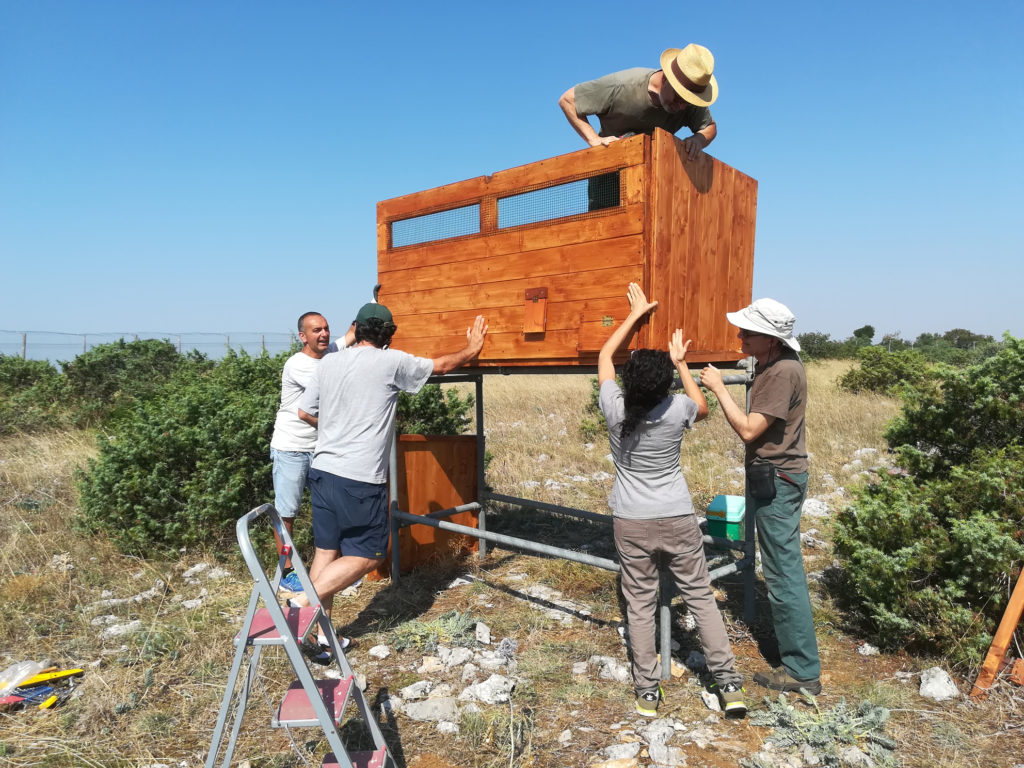
The operation was organised by the Association CERM (Endangered Species Centre) and ISPRA (the Italian Institute for Environmental Protection and Research) with the support of the San Giuliano wild bird recovery centre.
On the 9th of August, the two female birds, named Bianca and Clara, were transferred from Tuscany to the wild bird recovery centre in San Giuliano (province of Matera). Two days later, Bianca and Clara were fitted with monitoring devices (GPS/GSM and VHF radio dataloggers) and transferred to nesting boxes that, in the meantime, had been installed in a fenced-off area of the Murgia Materana Natural Park.
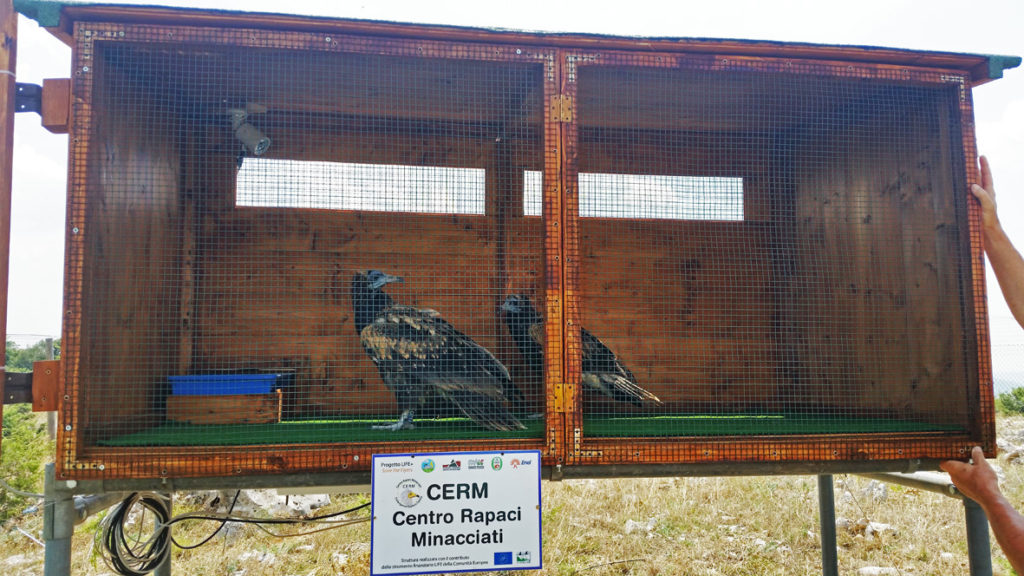
A third Egyptian vulture, which was also born at CERM, was also transferred to the wild bird recovery centre in Matera, where it will remain until being released into the wild, together with other individuals born at CERM, next spring; it was not possible to release the third bird together with Bianca and Clara because its plumage was not fully developed.
Thus, the vast, sun-kissed expanse of the Murgia, located close to the beautiful town of Matera, popular with tourists for its “Sassi” district and rock-carved churches, was the scene of the delicate operations of acclimatising and releasing the two Egyptian vultures into the wild.
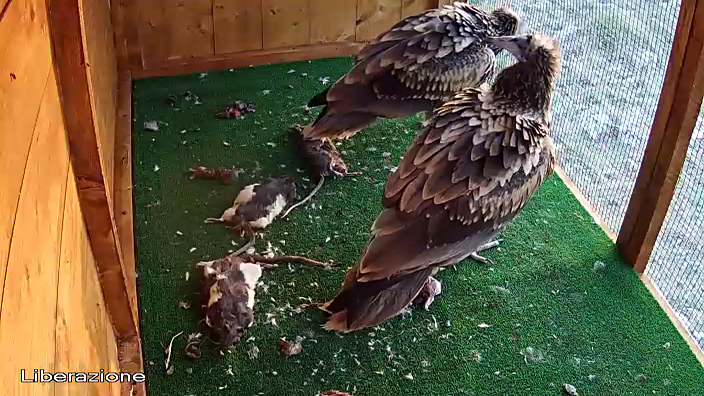
Monitored by two high-resolution video cameras, Bianca and Clara spent six days observing their new surroundings from their nesting box. Then, on the 16th of August, 2018, the front of the box was opened and the two birds were free to take their first exploratory flights, venturing out further and further into the park each day, before returning to the fenced-off area, where food and water were provided for them.
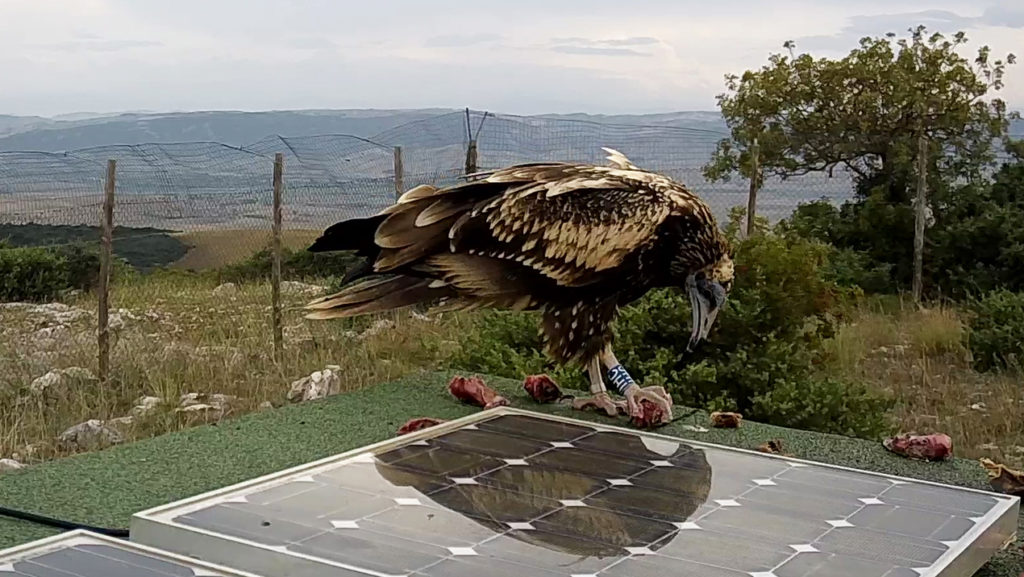
On the 3rd of September, they left the release zone and began heading south as they embarked together on the hazardous migration journey, which should take them over the Mediterranean to the coast of north Africa, before crossing the Sahara to reach their winter destination in the Sahel, somewhere between Mali and Niger.
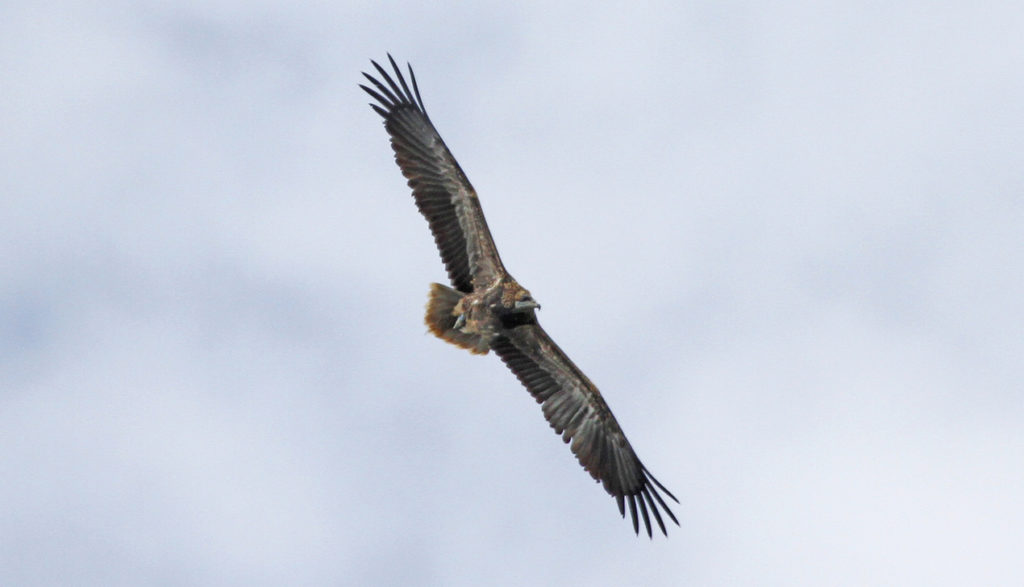
After rapidly clearing the Parco del Pollino, in Calabria, the two parted ways, however, just 5 days later they had reached the west coast of Sicily.
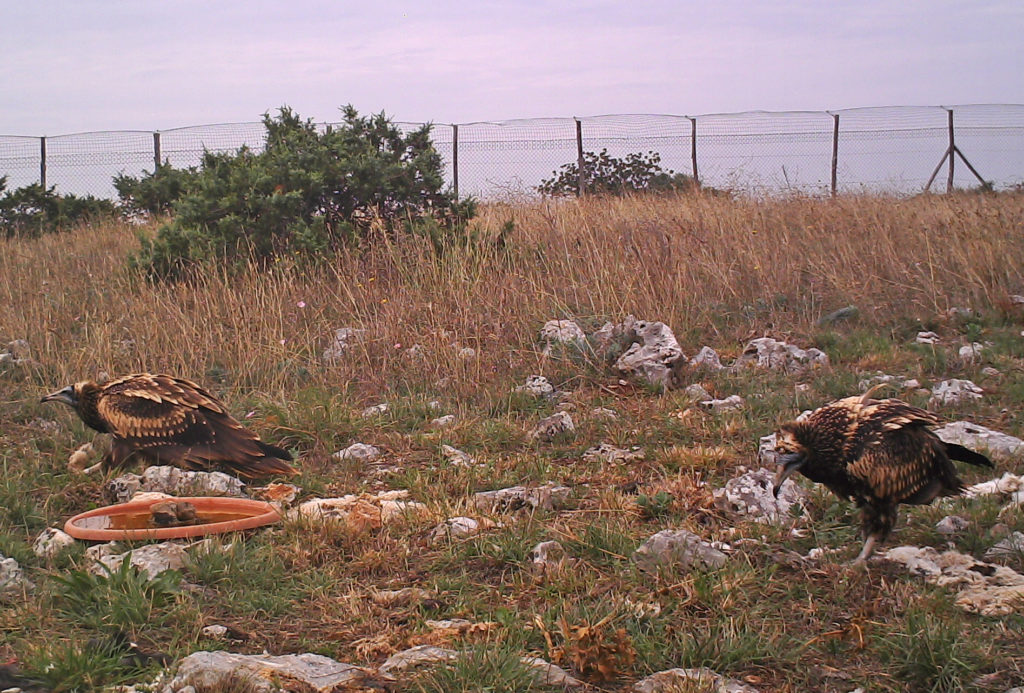
The release operation was made possible thanks to the efforts of the volunteers CERM and the work of ISPRA. The operations were carried out in the field by Guido Ceccolini (CERM) and Alessandro Andreotti (ISPRA) with the collaboration of Andrea Ferri and Arianna Aradis (ISPRA), the staff at the wild bird recovery centre in Matera (Matteo Visceglia, Mariangela Francione and Mimmo Finamore), Anna Cenerini (CERM) and several other volunteers, including Pino Giglio, Stefania Caterina Pellegrino, Enrico Bassi, Maristella d’Addario and Victor Swimmer Muñoz.
Many of the resources necessary for the release operation were made available to CERM thanks to private donations; the most generous donations were those received from the Golden Eagle and Bearded Vulture Census Group of the Stelvio National Park and the Storcal Calabrian Ornithological Station.
